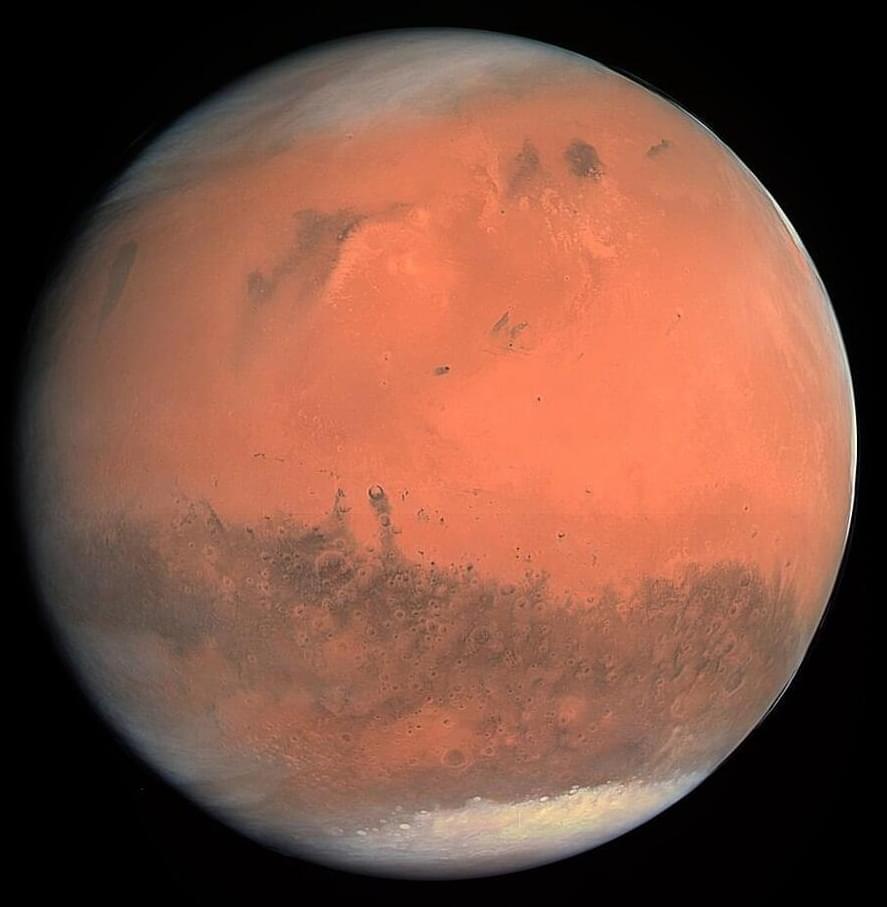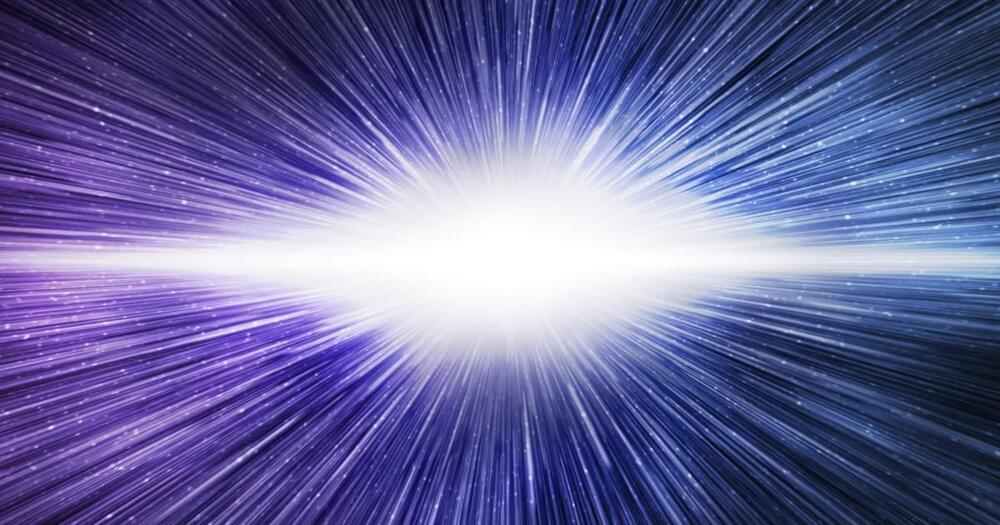Advances in Care Podcast — Episode 24In today’s world, genetic testing has become increasingly accessible for more people, creating an increased opportunity…
Get the latest international news and world events from around the world.

Study employs image-recognition AI to determine battery composition and conditions
An international collaborative research team has developed an image recognition technology that can accurately determine the elemental composition and the number of charge and discharge cycles of a battery by examining only its surface morphology using AI learning.
Professor Seungbum Hong from the Korea Advanced Institute of Science and Technology (KAIST) Department of Materials Science and Engineering, in collaboration with the Electronics and Telecommunications Research Institute (ETRI) and Drexel University in the United States, has developed a method to predict the major elemental composition and charge-discharge state of NCM cathode materials with 99.6% accuracy using convolutional neural networks (CNN).
The paper is published in the journal npj Computational Materials.

Optoelectronics gain spin control from chiral perovskites and III–V semiconductors
A research effort led by scientists at the U.S. Department of Energy’s (DOE’s) National Renewable Energy Laboratory (NREL) has made advances that could enable a broader range of currently unimagined optoelectronic devices.
The researchers, whose previous innovation included incorporating a perovskite layer that allowed the creation of a new type of polarized light-emitting diode (LED) that emits spin-controlled photons at room temperature without the use of magnetic fields or ferromagnetic contacts, now have gone a step further by integrating a III-V semiconductor optoelectronic structure with a chiral halide perovskite semiconductor.
That is, they transformed an existing commercialized LED into one that also controls the spin of electrons. The results provide a pathway toward transforming modern optoelectronics, a field that relies on the control of light and encompasses LEDs, solar cells, and telecommunications lasers, among other devices.

Novel method enhances size-controlled production of luminescent quantum dots
Luminescence refers to the result of a process in which an object absorbs light at one wavelength and then re-emits it at another wavelength. Through light absorption, electrons in the ground state of the material are excited to a higher energy state. After a certain amount of time characteristic of each excited state, the electrons decay to lower energy states, including the ground state, and emit light. The phenomenon is used in a wide array of technological applications involving highly efficient and reproducible emitting devices that can easily be miniaturized.
The materials with the highest luminescence efficiency include quantum dots (QDs), currently used in high-resolution displays, LEDs, solar panels, and sensors of various kinds, such as those used for precision medical imaging. Functionalization of the surface of QDs with various types of molecules permits interaction with cellular structures or other molecules of interest for the purpose of investigating molecular-level biological processes.
QDs are semiconductor nanoparticles whose emissive characteristics are directly linked to dot size, owing to the phenomenon of quantum confinement. For this reason, monitoring and control of crystal growth during synthesis of QDs in solution permits intelligent planning of the desired luminescence.

Volunteer Crew to Exit NASA’s Simulated Mars Habitat After 378 Days
The four volunteers who have been living and working inside NASA’s first simulated yearlong Mars habitat mission are set to exit their ground-based home on Saturday, July 6. NASA will provide live coverage of the crew’s exit from the habitat at NASA’s Johnson Space Center in Houston at 5 p.m. EDT.
NASA will stream the activity, which will include a short welcome ceremony, on NASA+, NASA Television, the NASA app, the agency’s website, and NASA Johnson’s X and Facebook accounts. Learn how to stream NASA TV through a variety of platforms, including social media.
The first Crew Health and Performance Exploration Analog (CHAPEA) mission began in the 3D printed habitat on June 25, 2023, with crew members Kelly Haston, Anca Selariu, Ross Brockwell, and Nathan Jones. For more than a year, the crew simulated Mars mission operations, including “Marswalks,” grew and harvested several vegetables to supplement their shelf-stable food, maintained their equipment and habitat, and operated under additional stressors a Mars crew will experience, including communication delays with Earth, resource limitations, and isolation.


Pioneer Plant for Potential Future Mars Settlement
The study notes, “Our study shows that the environmental resilience of S. caninervis is superior to that of some of highly stress-tolerant microorganisms and tardigrades.”
What plants would be most suitable for a future Mars settlement? This is what a recent study published in The Innovation hopes to address as a team of researchers from the Chinese Academy of Sciences investigated how the desert moss known as Syntrichia caninervis (S. caninervis) can survive extremely harsh conditions, specifically conditions on the planet Mars. This study holds the potential to help researchers, engineers, and future Mars astronauts better understand the types of plants they can grow, and even eat, while living on the Red Planet.
For the study, the researchers subjected S. caninervis to a series of brutal tests, including severe dryness, freezing temperatures, and large doses of gamma radiation, all of which are the environmental conditions on Mars and far harsher than humans and plants can manage. However, the researchers discovered that S. caninervis was able to recover 98 percent of its water loss within seconds after being severely dried out. The moss also achieved full recovery after being subjected to-80 degrees Celsius-112 degrees Fahrenheit) for 3 to 5 years along with-196 degrees Celsius (−320 degrees Fahrenheit) for 15 to 30 days.
Additionally, the moss demonstrated extreme resiliency to 5,000 Grays (Gy) of gamma radiation with 500 Gy being found to promote plant growth. For context, 5,000 Gy would kill most plants and only 50 Gy would be lethal to humans. Finally, the moss was subjected to 95 percent carbon dioxide in temperatures ranging from-60 degrees Celsius (−76 degrees Fahrenheit) to 20 degrees Celsius (68 degrees Fahrenheit), which are precise Martian surface environmental conditions, for periods of 1, 2, 3, and 7 days. The researchers found that the moss achieved full recovery after 30 days of returning to normal environmental conditions.

External Validation of a Model for Persistent Perfusion Deficit in Patients With Incomplete Reperfusion After ThrombectomyEXTEND-PROCEED
External validation of a model for persistent perfusion deficit in patients with incomplete reperfusion after thrombectomy:
Background and ObjectivesWe recently developed a model (PROCEED) that predicts the occurrence of persistent perfusion deficit (PPD) at 24 hours in patients with incomplete angiographic reperfusion after thrombectomy. This study aims to externally validate…

